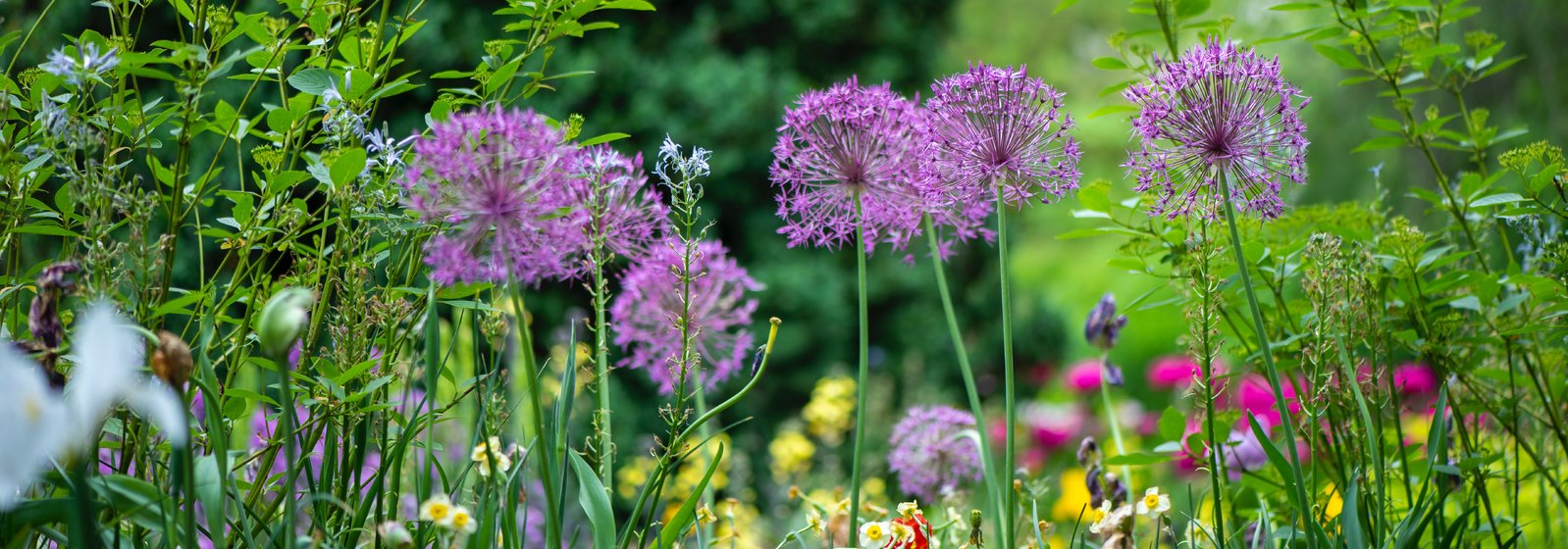News - Page 110
You can find the latest news from Birchen Grove garden centre here!
Any questions or do you want to know more? Just fill out our contact form or call 0208 905 91 89. Want to get social? Use #loveBirchenGrove.
See you soon at Birchen Grove garden centre.
An award-winning show garden from this year’s Bloom event in Phoenix Park, Dublin, is getting a new lease of life after being rebuilt as a permanent feature in Fota Wildlife Park in Cork.
Read more...
